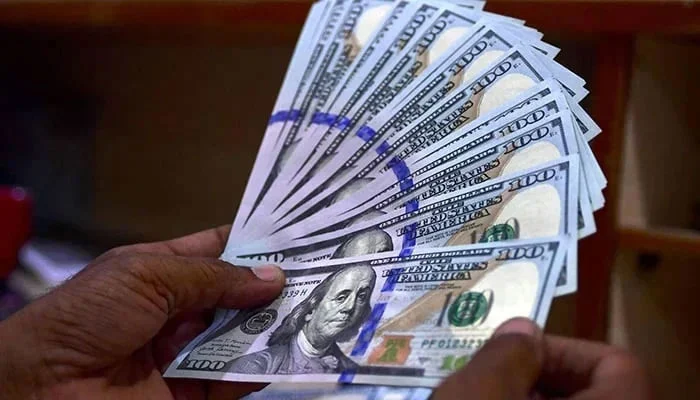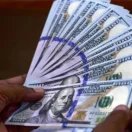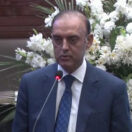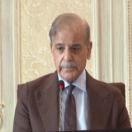Published in Dawn on May 13, 2024
THE consistent contraction in the size of the federal Public Sector Development Programme for the past three years is yet another sign of Pakistan’s lingering financial and economic crisis. New official data shows that the government has squeezed federal infrastructure development to Rs353bn — less than 0.4pc of GDP — during the first 10 months of the ongoing fiscal year to April, as the cash-strapped centre slashes its expenditure to meet the IMF goal of producing a primary budget surplus of 0.4pc of GDP this year.
The total spending for the period under review is 38pc of annual PSDP allocations of Rs940bn, and is 12.3pc less than what was spent on development projects during the same period a year before. That the government does not have enough money for new projects, or even for maintaining existing ones, underlines the costs Pakistan’s citizens are forced to pay to survive the country’s worst economic crisis ever. The lingering financial troubles also mean that most of the millions of people affected by the devastating floods of 2022 are still waiting to be rehabilitated.
A media report suggests that the IMF wants Pakistan to bring down expenditure by around 163bn to Rs183bn — to make up for a significant revenue shortfall — as the Fund is not willing to make concessions on the goal of achieving a primary budget surplus this year. The government has hardly any choice in the matter, unless it is prepared to breach the IMF conditions for a primary surplus — which is an indication of a government’s borrowing requirements — that was agreed to under the recently concluded short-term $3bn Stand-by Arrangement. This would jeopardise its chances of getting a longer and larger bailout to stay afloat.
Another report suggests that, with the discussions on the new bailout approaching, Pakistan has committed to the IMF that it would aim for a primary surplus equal to 1pc of GDP in the next fiscal year. The Fund is already believed to have told the government to raise additional revenues of Rs1.7tr, contain its development expenditure, and increase the petroleum levy target by more than 24pc to about Rs1.1tr next year. The country has achieved a sort of economic stability in recent months and economic fundamentals have shown some signs of improvement.
But this ‘recovery’ remains fragile and any shock at this point can mean a relapse. The IMF, therefore, has been insisting that Islamabad persevere with economic contraction as long as the fiscal and governance reforms suggested under the SBA — and which are likely to be part of the next programme — create enough fiscal space to put the country back on the growth trajectory. In this context, it would be naive to expect the government to bolster investment in public infrastructure development anytime soon.





